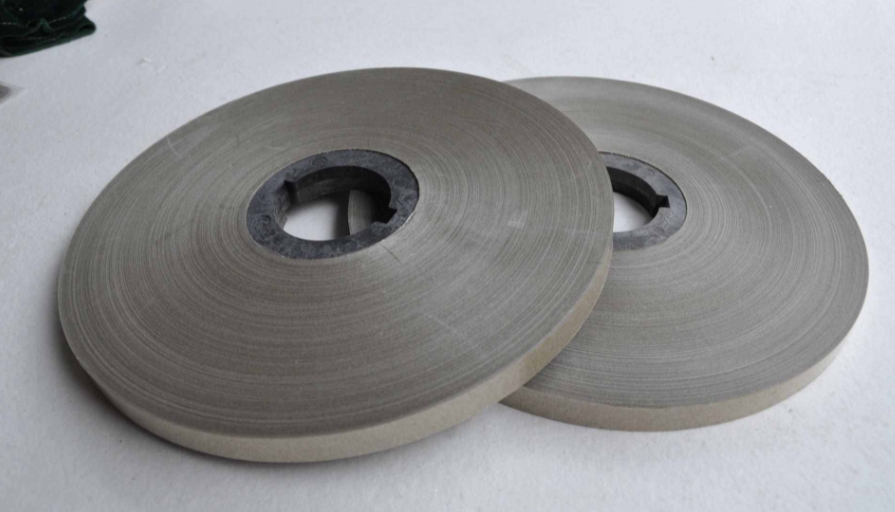- 16
- Mar
The difference between natural muscovite paper, natural phlogopite paper and synthetic fluorphlogopite paper
The difference between natural muscovite paper, natural phlogopite paper and synthetic fluorphlogopite paper
The Olymp Trade প্লার্টফর্মে ৩ টি উপায়ে প্রবেশ করা যায়। প্রথমত রয়েছে ওয়েব ভার্শন যাতে আপনি প্রধান ওয়েবসাইটের মাধ্যমে প্রবেশ করতে পারবেন। দ্বিতয়ত রয়েছে, উইন্ডোজ এবং ম্যাক উভয়ের জন্যেই ডেস্কটপ অ্যাপলিকেশন। এই অ্যাপটিতে রয়েছে অতিরিক্ত কিছু ফিচার যা আপনি ওয়েব ভার্শনে পাবেন না। এরপরে রয়েছে Olymp Trade এর এন্ড্রয়েড এবং অ্যাপল মোবাইল অ্যাপ। মাইকা কাগজ currently on the market is divided into three types: natural muscovite paper, natural phlogopite paper, and synthetic fluorophlogopite paper.
The three kinds of mica paper decompose a small amount of substances below 500, and the weight loss rate is below 1; natural muscovite paper heated above 550, natural phlogopite paper heated above 850, will decompose a large amount of structural water, synthetic fluorphlogopite paper heated to 1050 Above, a large amount of fluoride ions will also be released. After a large number of substances are decomposed, their flame retardancy and pressure resistance are drastically reduced. The maximum use temperature of natural muscovite paper is 550, the maximum use temperature of natural phlogopite paper is 850, and the highest use temperature of fluorine phlogopite paper is The temperature is 1050.
The quality of mica paper itself also directly affects the application performance of mica. The mica paper used to produce mica tape has good permeability, high tensile strength and good compactness. The thickness of other mica papers must also be uniform. The adhesion between the small mica flakes in the mica paper is very small. The adhesive of glue should be used to improve the adhesion between the small mica flakes when manufacturing the mica tape. If the penetration force of the mica paper is too weak, the glue will penetrate. If it does not go in, the mica tape forms a layer, and its quality does not meet the requirements.

